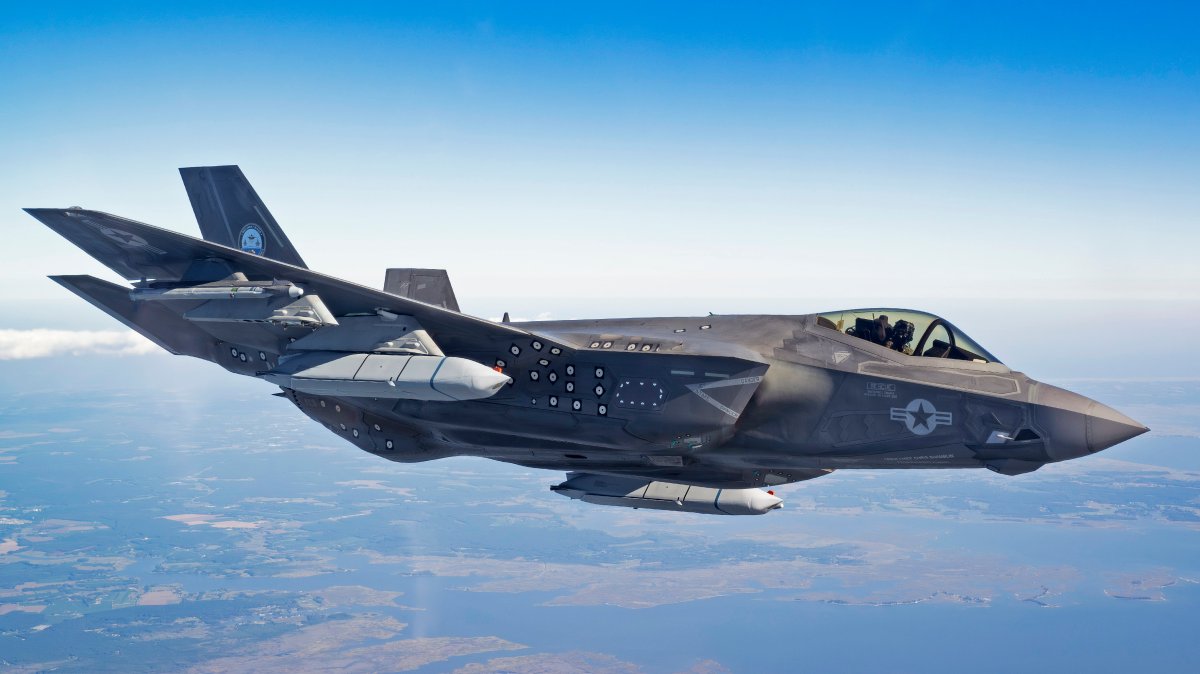"
Meanwhile, in the real world right now :
"A Royal Australian Air Force E-7A Wedgetail, two EA-18G Growler jets and two F-35A Lightning II aircraft fly in formation with two United States Air Force B-2 Bombers and two F-22 Raptor fighter jets." Image Source : ADF Image Library "
I really like this photo. Everything there is modern and advanced. And we have a lot of them (relatively). This is a complete contrast to the RAN. RAN has plans and is in the stages of doing things, but the RAAF is practically the most advanced complete air force in the world NOW.
Meanwhile, in the real world right now :
"A Royal Australian Air Force E-7A Wedgetail, two EA-18G Growler jets and two F-35A Lightning II aircraft fly in formation with two United States Air Force B-2 Bombers and two F-22 Raptor fighter jets." Image Source : ADF Image Library "
I really like this photo. Everything there is modern and advanced. And we have a lot of them (relatively). This is a complete contrast to the RAN. RAN has plans and is in the stages of doing things, but the RAAF is practically the most advanced complete air force in the world NOW.


